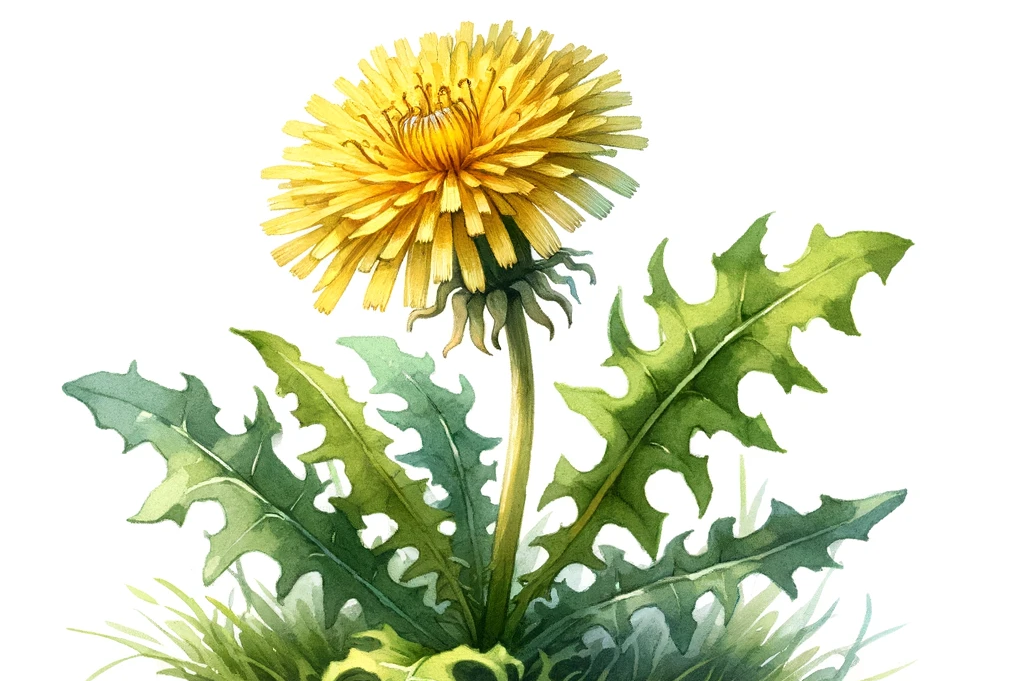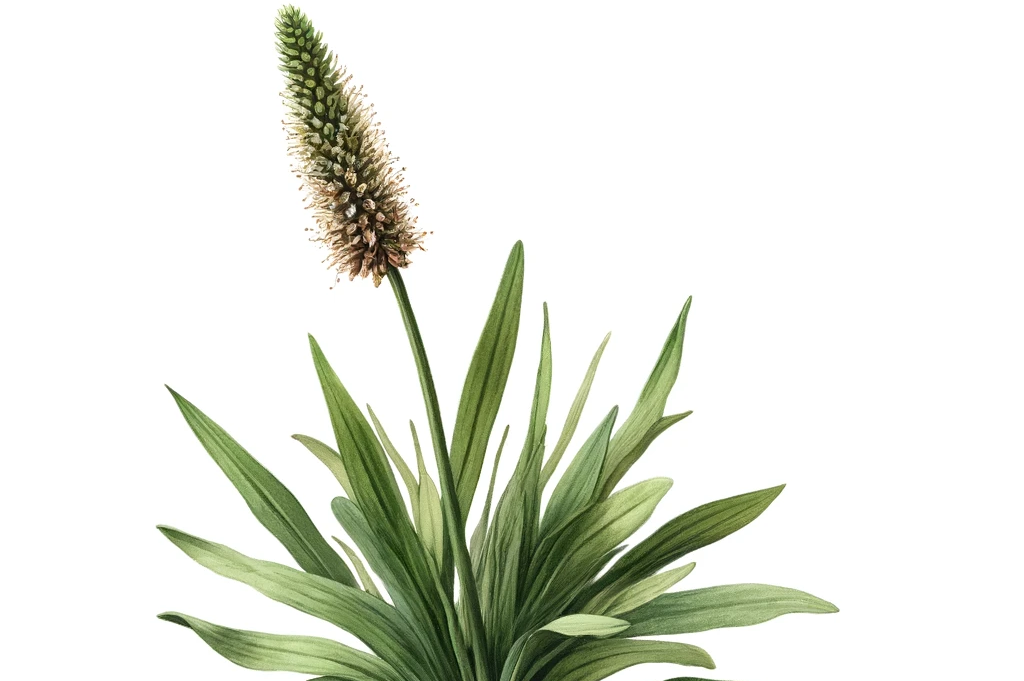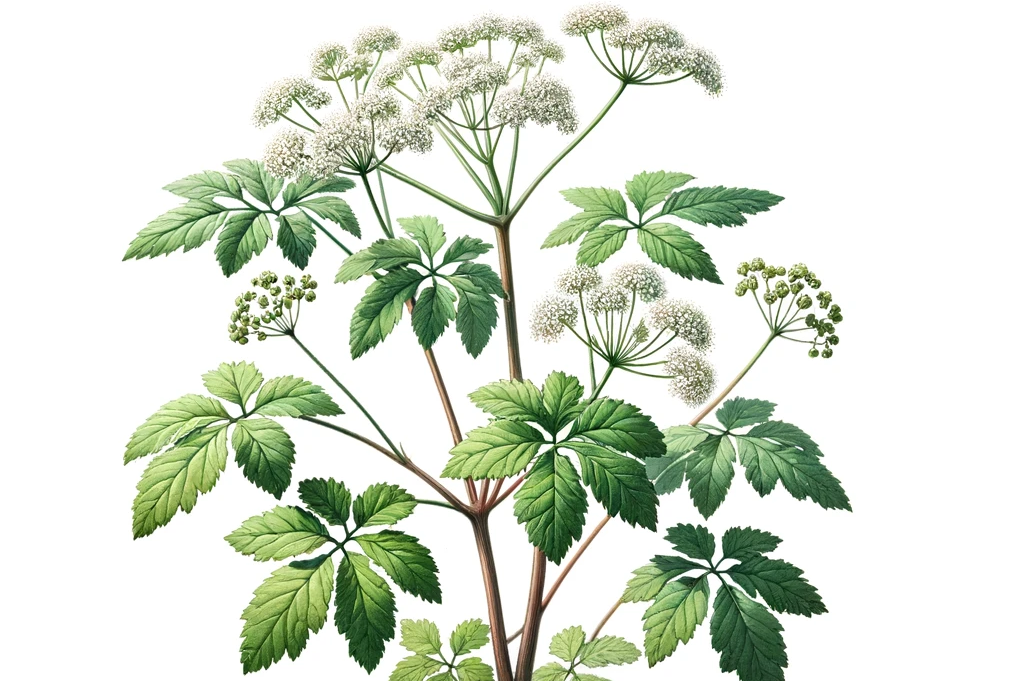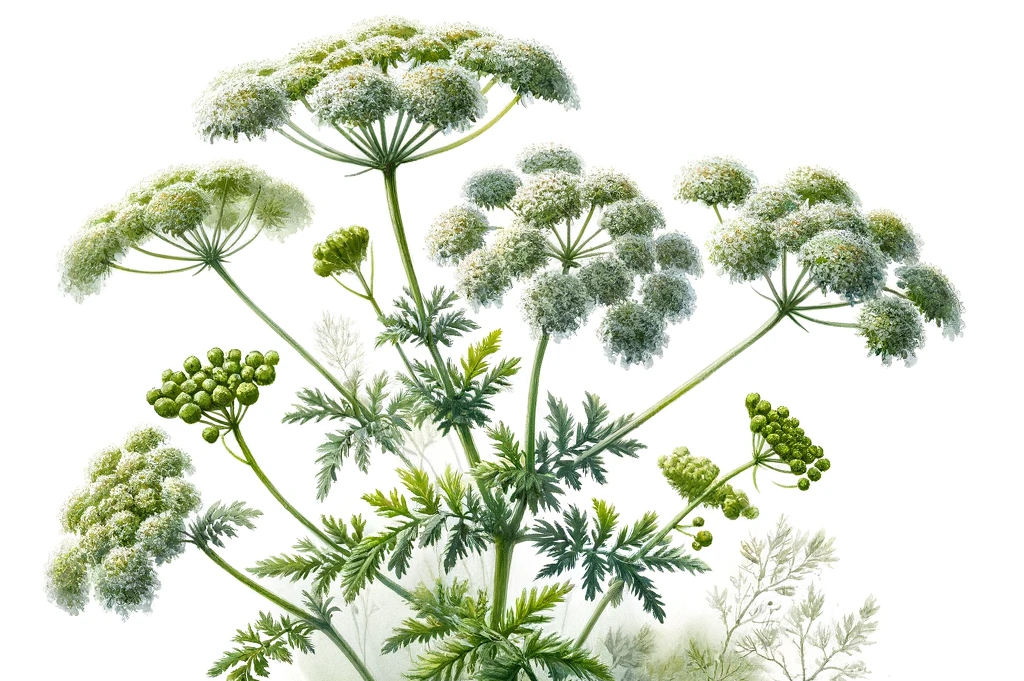Nettles
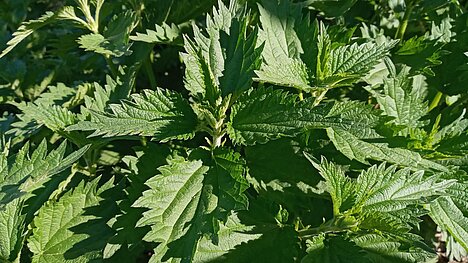
What are nettles?
Nettles are herbaceous plants from the stinging nettle family. They usually have green leaves with fine hairs that secrete a burning liquid when touched. This liquid contains various substances such as histamine, serotonin and formic acid, which can trigger an allergic reaction.
Various nettle species are found in Europe. The best known are the common stinging nettle (Urtica dioica) and the common stinging nettle (Urtica urens). Both often grow along roadsides, on fallow land or in gardens.
What are the benefits of nettles for dogs?
Nettles are rich in vitamins (especially vitamin C), minerals (such as iron, calcium and magnesium), trace elements (such as silicic acid) and secondary plant substances (such as flavonoids). These ingredients can have various positive effects on a dog's health:
- They strengthen the immune system and have an anti-inflammatory effect.
- They promote blood circulation and metabolism.
- They support kidney and liver function.
- They relieve itching and skin problems.
- They help with gastrointestinal complaints and bladder infections.
What are the disadvantages of nettles for dogs?
However, nettles can also have some disadvantages or risks for dogs:
- They can trigger allergic reactions such as hives or urticaria. This is a skin condition in which wheals or swellings form. The symptoms can range from mild to severe and usually subside after a short time. In rare cases, however, a life-threatening anaphylactic shock can occur.
- Interactions with medication may occur. If your dog is taking medication, you should speak to your vet before giving them nettles. Particular care should be taken with blood-thinning or blood sugar-lowering medication.
- They can lead to an overdose. Giving your dog too much nettle can lead to side effects such as diarrhea or vomiting. It can also lead to hyperacidity of the blood.
How do you feed your dog nettles?
If you want to feed your dog nettles, there are a few things you should bear in mind
- Only collect fresh and untreated nettles from clean areas. Avoid roadsides or fields that have been treated with pesticides.
- Wash the nettles thoroughly and remove all dirt residues.
- Dry the nettles either in the air or in the oven at a low temperature. This causes them to lose their burning effect.
- Chop the dried nettles using a blender or food processor.
- Mix the nettle powder with your dog's food. You can also add a little water or broth to make it mix better.
- Start with a small amount and increase slowly. The recommended dose is about one teaspoon per 10 kg of body weight per day.
- Monitor your dog for possible side effects or intolerances.
Nettles are a natural and healthy ingredient for your dog that can have many benefits for his well-being. They are easy to collect, dry and process. However, you should always make sure that you only give your dog nettles of good quality and in the right quantity. You should also be aware of possible risks such as allergies or interactions with medication.
If you notice any signs of hypersensitivity or poisoning in your dog, you should see your vet immediately. We are not a substitute for a vet, but we try to be as accurate as possible. Every dog reacts differently and we recommend you get a second opinion or consult your vet if in doubt.
Stay healthy and take good care of your four-legged friend!😊
Similar to Nettles
Dandelion is a perennial herbaceous plant from the composite family. It has a long taproot that reaches up to one meter deep into the ground. All parts of the plant contain a white, milky sap that...
Ribwort plantain (Plantago lanceolata) belongs to the plantain family and is native to Europe, Asia and North Africa. It grows mainly on nutrient-rich soils and is very adaptable. Ribwort plantain...
Goutweed, also known as goat's foot or ground elder, is a perennial plant from the umbellifer family (Apiaceae). It is native to Europe and Asia and has spread to many parts of the world. Goutweed...
Yarrow (Achillea millefolium) is a perennial plant from the Asteraceae family. It has finely pinnate leaves and white or pink flowers that are arranged in flat umbels. The plant grows to a height of...
